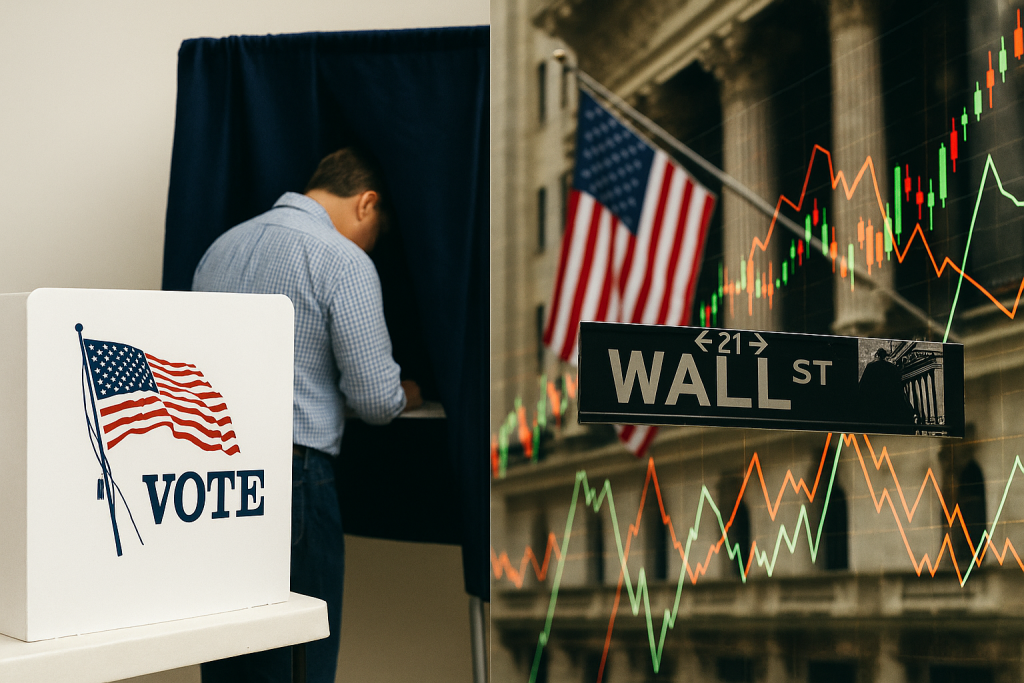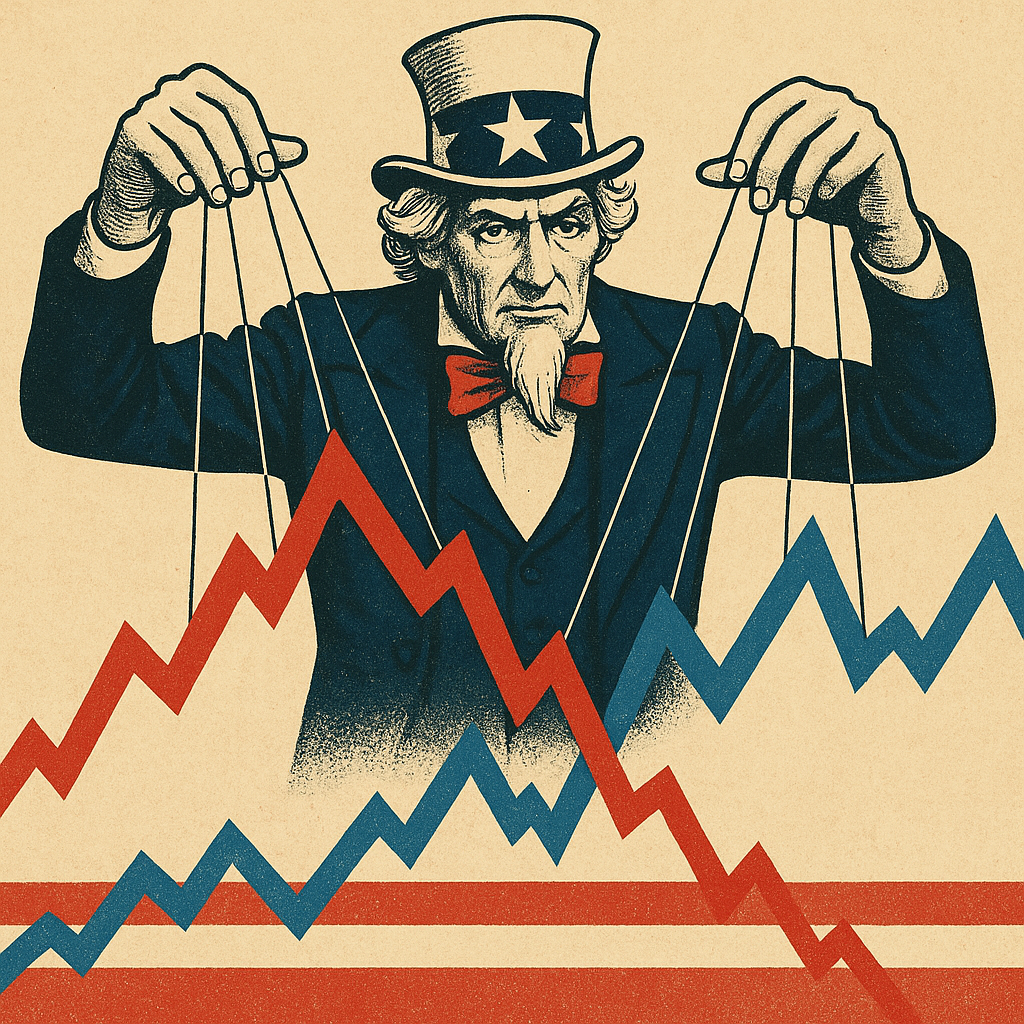The dynamic interaction between U.S. elections and financial markets is a topic of immense interest to many investors and economists. American political events can significantly impact economic systems globally, causing fluctuations and shifts that must be keenly observed. Typically, national polls can introduce uncertainty or optimism, directly affecting investment sentiment.
The way financial markets react to these political events is complex and multifaceted, revealing how finance and politics are intricately interwoven. In this blog post, we will explore how electoral cycles in the U.S. influence investment venues, guiding investors and stakeholders through the often tumultuous waters of politically charged economic conditions.
The connection between U.S. elections and financial stability

U.S. elections can greatly influence the financial landscape by altering investor confidence and market expectations. Every election cycle brings the possibility of policy changes, shifts in leadership, and new legislative priorities that can affect sectors differently. While some industries may benefit from potential regulatory rollbacks, others might face increased scrutiny and more stringent regulations.
Thus, every election becomes a focal point for investors who seek to predict these changes and adjust their portfolios accordingly. Consequently, the uncertainty surrounding elections can lead to increased market volatility, highlighting the delicate balance between democratic processes and financial equilibrium.
Market sentiment during election cycles
The period leading up to American elections is often marked by heightened market sentiment, where investor behavior can turn cautious or exuberant based on prevailing economic narratives. Sentiment is a powerful driver in financial markets, capable of inducing significant swings based solely on perception rather than concrete economic indicators.
The psychological aspect of investing is amplified during election seasons, as uncertainty tends to sway market decisions. In particular, traders and investors pay close attention to polls, debates, and political news to make informed predictions and hedge against unpredictability.
Election cycles impact not only domestic markets but also have ripple effects across global financial systems. Foreign investors are keen to understand shifts in U.S. policy directions as these can influence global trade relations and economic partnerships.
Policy implications of electoral outcomes
The outcome of U.S. elections holds critical implications for policy direction, which in turn can profoundly affect market operations. Policies that touch on key areas such as regulation, taxation, and government spending are crucial in shaping business environments.
Investors, analysts, and policymakers closely examine the stances taken by elected officials on these matters, as they are instrumental in determining market structure and investor activity. Clear electoral mandates often lead to decisive policy-making, offering markets a sense of direction and predictability.
For example, if a pro-business administration is elected, markets are likely to react positively, anticipating tax incentives and deregulation efforts that typically encourage economic growth. Conversely, an administration focused on stricter regulation and wealth redistribution might result in market apprehension, especially among high-capital industries.
Strategies for investors during electoral periods
Given the substantial impact that U.S. elections can have on financial markets, investors often adopt specific strategies to manage potential risks and opportunities. Understanding how these cycles might affect various sectors and asset classes is crucial for developing robust investment approaches.
One common strategy is diversification, where investors spread their investments across different sectors, asset classes, and geographical regions to hedge against potential electoral risks. By not concentrating their assets in politically sensitive areas, investors can mitigate the impact of volatile market shifts.
Another approach involves focusing on fundamental analysis over speculation. Investors emphasize assessing the intrinsic value of stocks or assets, rather than making decisions based purely on anticipated political outcomes. This strategy can help stabilize portfolios amid volatile electoral climates, offering protection based on underlying economic performance rather than political noise.
Role of media and communication
Media coverage and communication channels play a pivotal role in shaping investor perception during U.S. electoral periods. Continuous news cycles and digital communication means ensure that investors receive instantaneous updates on political developments.
This constant flow of information can influence market sentiment significantly. Investors rely heavily on media outlets to interpret political messaging and assess the potential implications for financial markets. Therefore, the media’s portrayal of electoral events can swing investor sentiment, aiding in or complicating market predictions during election cycles.
Navigating post-election markets
In the aftermath of U.S. elections, markets generally experience a reassessment phase as investors digest the outcome and its implications for future policy directions. The immediate post-election period is often characterized by a shift from speculation to action, where electoral promises begin to translate into legislative agendas.
Understanding how these newly set priorities align with investment strategies is essential for capitalizing on possible growth opportunities or preparing for challenges. The clarity provided by election results reduces uncertainty, typically leading to a recalibration of market strategies.
Investors often make use of technical analysis to gauge post-election market conditions. By examining stock patterns, volume indicators, and price movements, analysts can forecast potential trends that align with the anticipated economic conditions under the new administration.





